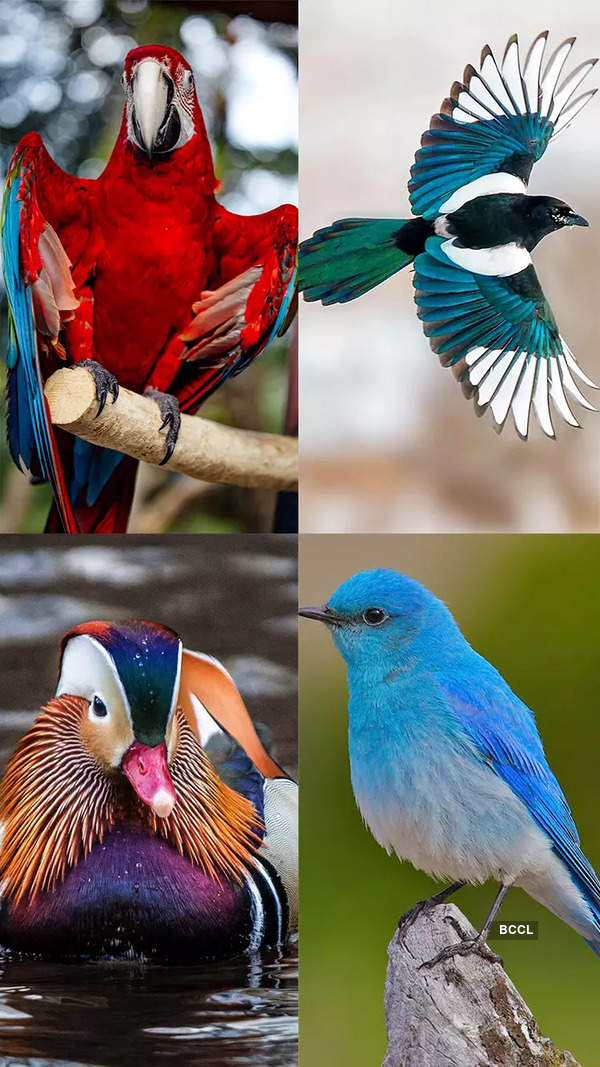- News
- City News
- kolkata News
- Celebrating the architects of Indian Cinema
Trending
This story is from April 28, 2013
Celebrating the architects of Indian Cinema
Many amongst us know that Indian Cinema turns 100 on May 3.But why on this particular day? We all know that our highest award for cinema is named after Phalke.

KOLKATA: Many amongst us know that Indian Cinema turns 100 on May 3. But why on this particular day? We all know that our highest award for cinema is named after Phalke. But how many know that 'Dadasaheb' was named Dhundiraj? The world has acknowledged Satyajit Ray as the man who placed India on the world map of cinema. Who knows the 'first viewer' of the classic - its cinematographer Subrata Mitra?
Today, with at least seven channels beaming films into our lives, world cinema is 'daily bread' for our cultural souls.

In the run up to May 3, Nandan salutes these architects of our celluloid tradition through select documentaries on their life, their work, their dream, their legacy. The doyens in the first phase (April 29, 30 and May 2), many among them Phalke winners, include the Father of Indian cinema, Dadasaheb Phalke; Niranjan Pal, author of Light of Asia and Achhut Kanya; Sohrab Modi of Minerva Movietone; B N Sircar of New Theatres; cinematographer-director Bimal Roy; editor-director Hrishikesh Mukherjee; writer-director Nabendu Ghosh; producer-director B R Chopra; music composers Pankaj Mullick, Anil Biswas, Naushad; actors Ashok Kumar, Nargis and Raj Kapoor; playback artiste Manna De; choreographer Saroj Khan; Ray's cinematographer Subrato Mitra and art director Bansi Chandragupt.
Pioneer of Playback
Nitin Bose, winner of Phalke in 1979, was remembered in a separate three-day event finishing on Sunday. The director, cinematographer and screenwriter of several classics that shaped Indian cinema in its developing years, Nitin Bose was born to Bengali entrepreneur Hemendra Mohan Bose and Mrinalini, sister of Upendra Kishore Roy Chowdhury (Ray's grandfather). Nitin Bose's interest in photography was nourished by his father, a keen photographer who introduced colour photography in India and three-colour printing in magazines. With experiments and innovations in his blood, Nitin Bose himself introduced many 'firsts' including playback singing.
Starting with names such as Premankur Atorthy, Naresh Mitra, Sisir Bhadury and Pramathesh Barua, Bose rose to be an indispensable presence at New Theatres through his knowledge of the art and science of filmmaking as through his organisational capacity. He introduced talents like Debaki Bose and Bimal Roy. He honed the art of Saigal and Dilip Mumar. He introduced themes like workers' right of participation in the profit of a company, collective farming, fight against TB, use of Bhojpuri dialect and outdoor action like horses racing a train in Ganga Jamuna. Above all, he introduced not only the blind singer K C Dey but the very system of playback singing to overcome a technical problem he faced while shooting Dhoop Chhaon/ Bhagyachakra.
Bose wanted quick interchange of shots for dramatic effect. But since songs were directly recorded, it was impossible to synchronise it with the interchanging shots. As a way out, the songs were first recorded and then picturised separately on the artists who only had to lip-synch. Three months later, Hollywood released One Night of Love with playback singing!
End of Article
FOLLOW US ON SOCIAL MEDIA







